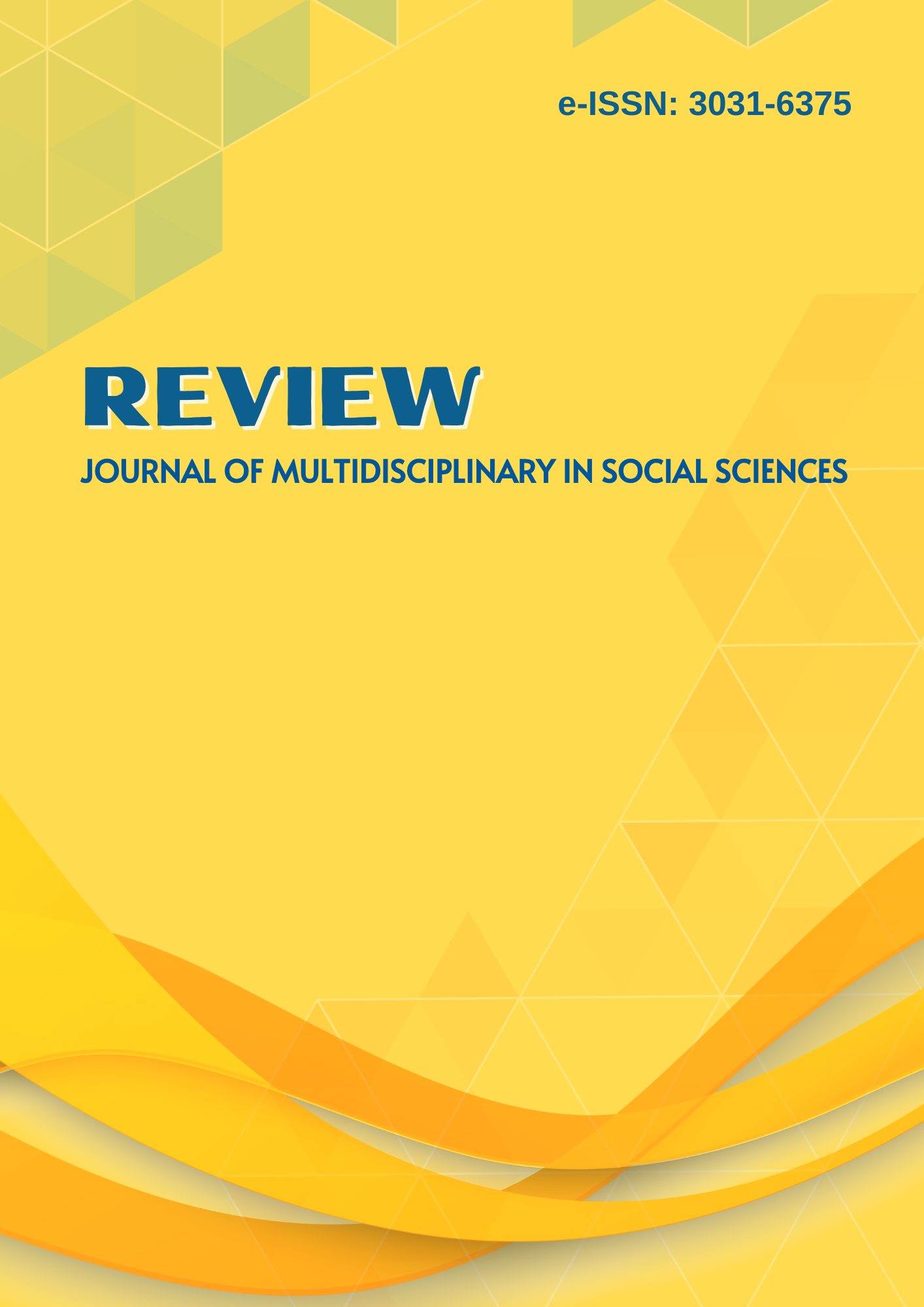Application of the QCC Method to NG Dent in the Visual Inspection Process at PT Sugiyama Indonesia
DOI:
https://doi.org/10.59422/rjmss.v1i12.665Keywords:
QCC, PDCA, FISHBONE, Quality StandartAbstract
The problem that occurs at PT SUGIYAMA Indonesia is that there are many defects in the inner and outer areas. Defects occur during the process stage or cutting, rolling. So that when the material has reached the visual inspection stage, many types of NG (Not Good) occur, including NG (Not Good) which often occurs based on NG (Not Good) recap data in the last three months of 2024 is NG (Not Good) Dent. Based on the data listed, the percentage of NG (Not Good) Dent increases every month, and the highest defect rate is around 33k pcs of the total NG (Not Good) of the overall model. Therefore, a case study study was conducted using the QCC (Quality Control Circle) method to analyze the occurrence of the defect, and aimed to reduce the number of NG (Not Good) Dent and make the production process better. Based on the data from the research results, the researcher succeeded in reducing NG (Not Good) Dent based on data from the last three months, which had reached 100%, after observations and using the QCC method and its auxiliary tools, namely the cause-and-effect diagram (Fishbone) and the pareto diagram, the percentage in the next two months from November to December 2024, only reached 37%.


